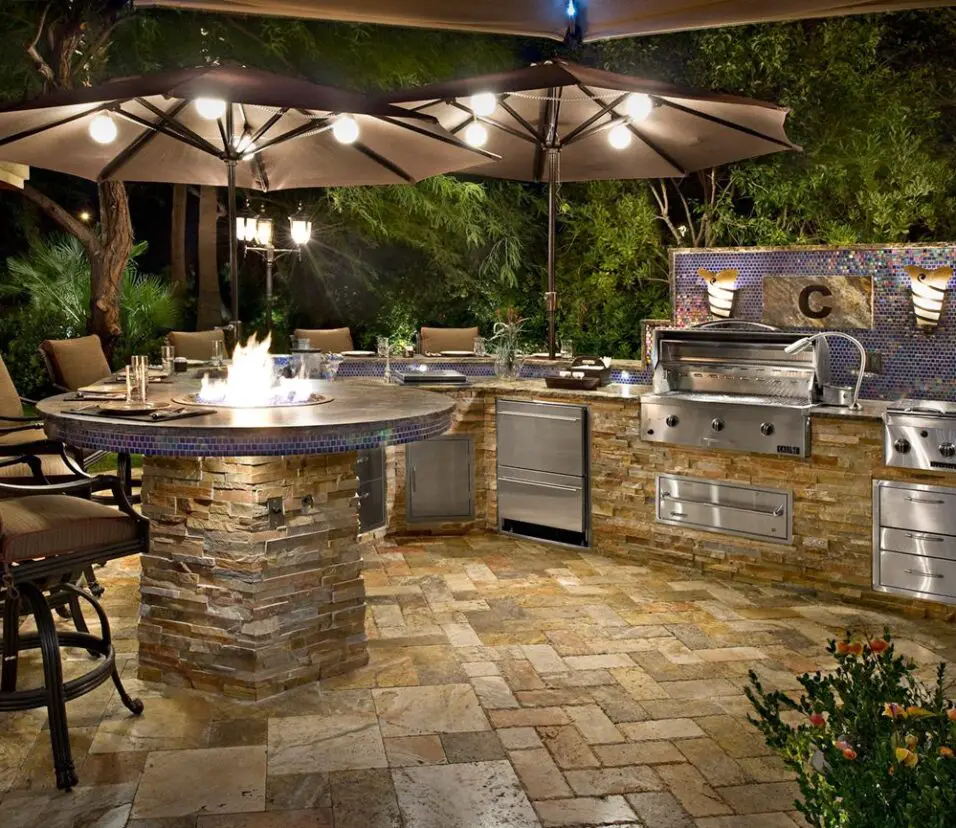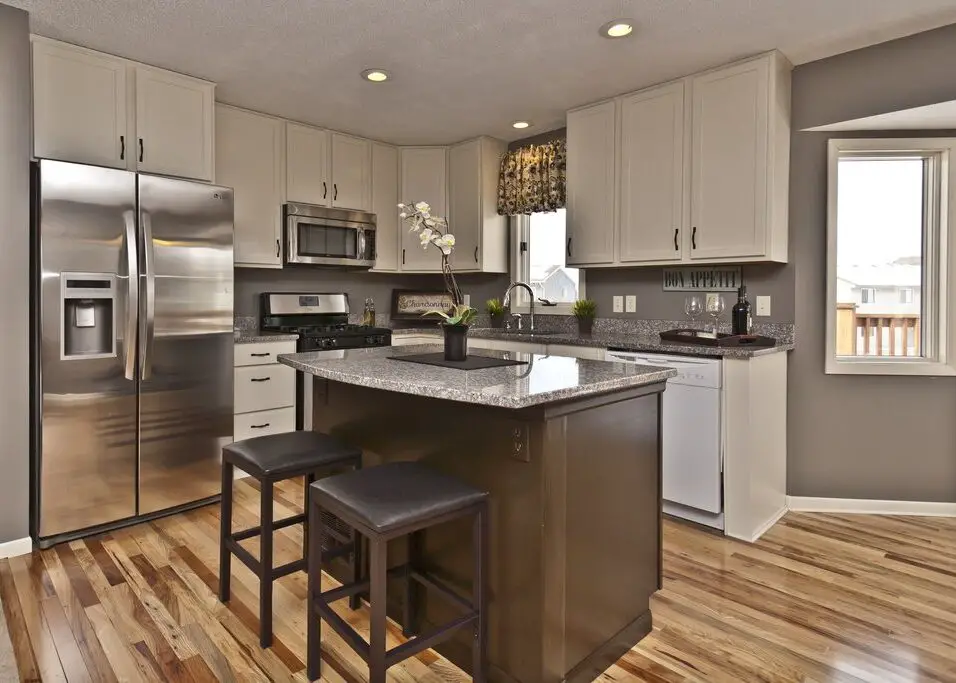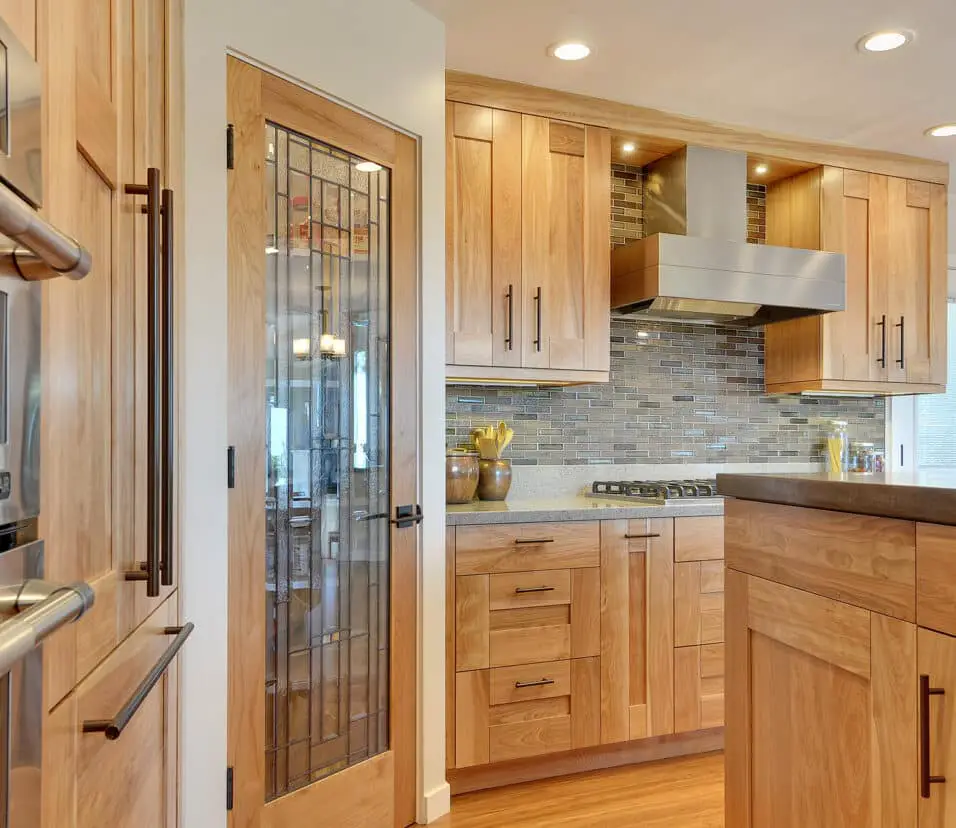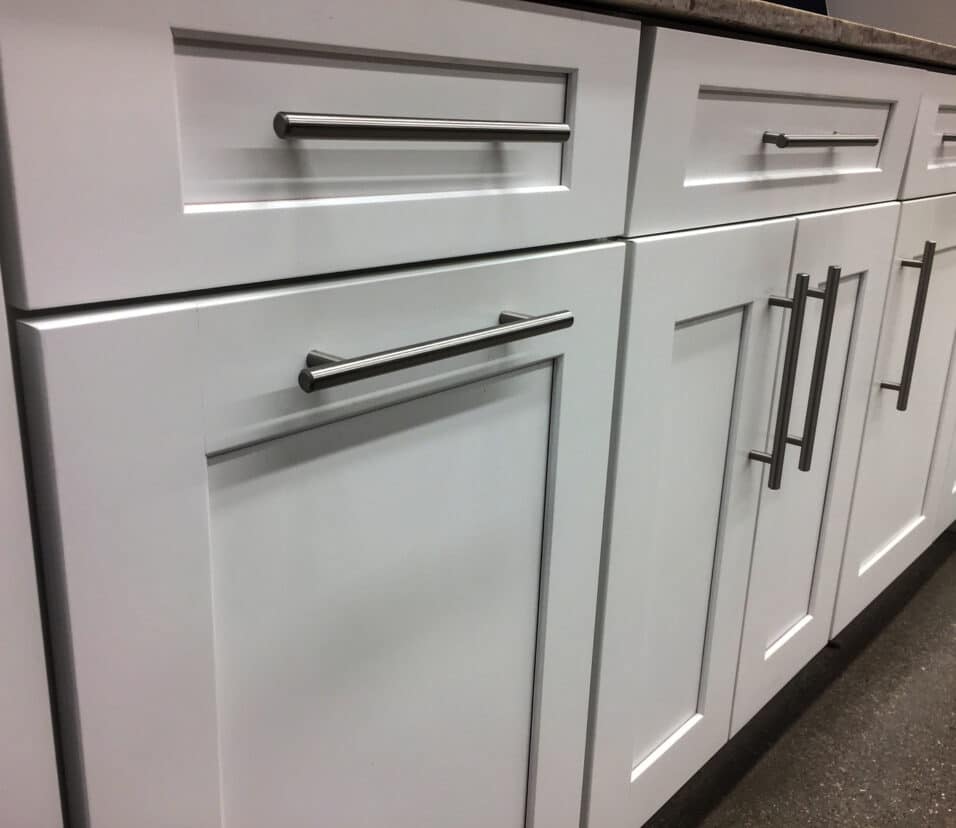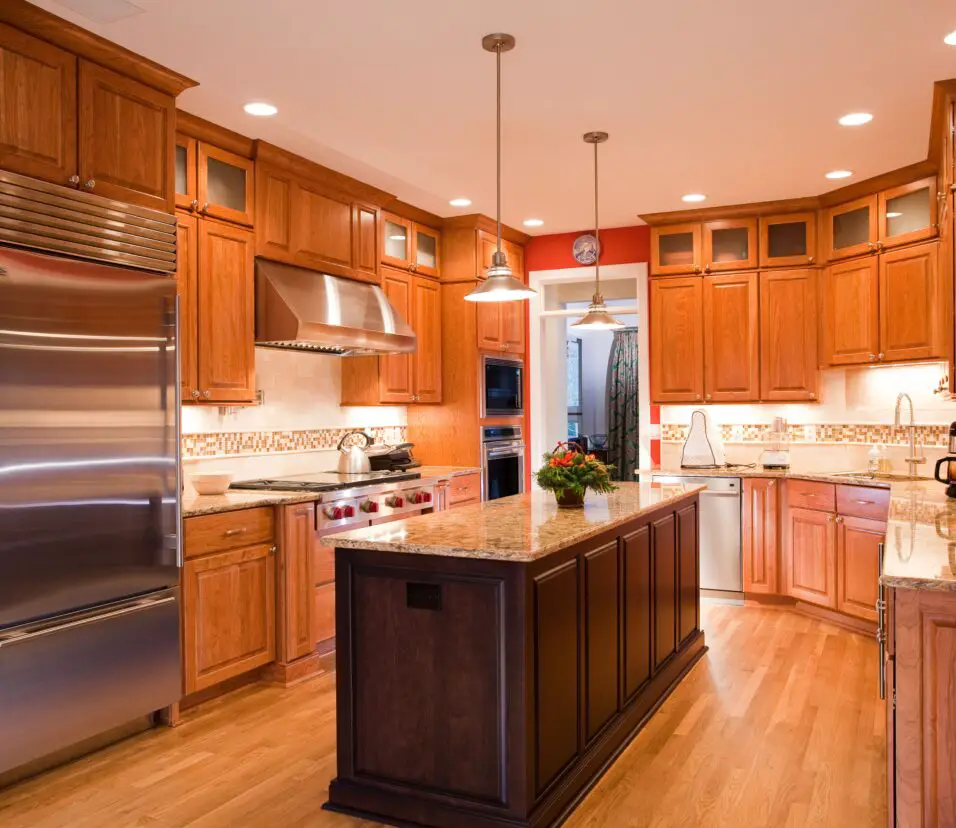How To Wire Lights Under Kitchen Cabinets
Introduction
How To Wire Lights Under Kitchen Cabinets: Process of wiring lights under your kitchen cabinets, providing you with the tools and knowledge you need to tackle this project with confidence. Not only will you learn about the various types of under-cabinet lights available, but we’ll also delve into the different wiring methods to suit your preferences and electrical setup. kitchen cabinets not only adds a touch of elegance and ambiance to your cooking space but also provides practical illumination to enhance your culinary adventures.
We’ll cover essential safety precautions to ensure that your DIY journey is accident-free and successful. While the idea of electrical work might seem daunting to some, fear not! Our beginner-friendly approach will guide you through the process in a clear and straightforward manner. Whether you’re an avid home cook or simply enjoy a well-lit kitchen, this guide will walk you through the process of wiring lights under your kitchen cabinets.
Whether you’re looking to brighten up your countertops for cooking, create a cozy ambiance for entertaining, or simply update the look of your kitchen, installing under-cabinet lights is the perfect solution.

How are under cabinet lights wired?
Inside each fixture are a white, a black, and a green wire. Once the wiring is complete, add the bulbs to the socket strip and install the cover on the fixture.
Before you start the wiring process, plan the layout of your under cabinet lights. Determine where you want to place each fixture and mark the locations. Consider spacing and the number of fixtures to achieve optimal lighting coverage. Make sure to account for any electrical outlets or switches in the area.
Carefully follow the manufacturer’s instructions to install the under cabinet light fixtures in the designated locations. Some fixtures may require screws, while others may have adhesive backing for easy installation.
Cut the electrical wire to the appropriate length, ensuring you have enough to reach the power source or junction box. Strip about 1/2 inch of insulation from the end of each wire using wire strippers.
For LED under cabinet lights, you may need a transformer or power supply to convert the voltage appropriately. Follow the manufacturer’s instructions for connecting the lights to the transformer. Next, connect the electrical wires from each fixture to the power source.
How do you hide wire for under cabinet lights?
Hide Under Cabinet Lighting Wires with Wire Channel Strips. Cable protectors may be useful if you have to run wires down a wall or somewhere else noticeable. They have finishes you may like. There are sizes and finishes to match your kitchen design. Measure the length, cut it, and screw or adhesively attach wire channels or raceways.
Place the holes strategically to hide the cords. Use an adequate hole saw or drill bit for the cord’s diameter. After sliding the cords through the holes, place and secure the lights to the cabinets.
Use wire clips and zip ties to neatly bind cords under cabinets for a budget-friendly option. Wire clips are little plastic or metal clips that retain wires on the cabinet. Bundling cords using zip ties makes them look cleaner. Trim excess zip tie length for a neater finish.
Cable management sleeves are flexible fabric sleeves that hide many wires. Put all the under cabinet light cords in the sleeve and secure it. These sleeves fit different kitchen settings due to their lengths.
Install a power outlet within a cabinet to hide the cord for under cabinet lighting. These options may require electrical knowledge and a licensed electrician.
Can under cabinet lights be hardwired?
Measure and cut the electrical wire to the appropriate length, ensuring it reaches from the location of your under cabinet lights to the power source. Strip about 1/2 inch of insulation from the ends of the wires.
Follow the manufacturer’s instructions to connect the wiring from the under cabinet lights to the electrical source. Most under cabinet lights have black (hot/live), white (neutral), and green or bare (ground) wires. Connect the corresponding wires from the lights to the electrical wiring using wire nuts.
If you are hardwiring multiple under cabinet lights, you may need to install a junction box to house the wire connections securely.
Before finalizing the hardwiring, turn the power back on and test each under cabinet light to ensure they are functioning correctly. Check for any loose connections or flickering lights that may indicate a wiring issue.
Hardwiring under cabinet lights is a reliable and efficient way to provide permanent and seamless illumination to your kitchen workspace. By integrating these lights into your home’s existing electrical system, you can enjoy a clean and clutter-free aesthetic while benefiting from increased safety and reliability.
What kind of wire do you use for under cabinet lighting?
Romex wire
Traditional under cabinet lights run on 120V, which requires thick and bulky Romex wire to be used. Romex wire is designed for in-wall use and therefore is not designed to be seen.
Gauge: Low-voltage electrical wire for under cabinet lighting usually comes in various gauges, with the most common being 18 and 20 gauge. The gauge refers to the thickness of the wire, and the lower the number, the thicker the wire. For shorter runs and lower power requirements, 20-gauge wire is sufficient. For longer runs or higher wattage loads, 18-gauge wire is more suitable to minimize voltage drop.
Stranded vs. Solid Core: Low-voltage wire is available in both stranded and solid core options. Stranded wire consists of multiple strands of wire twisted together, providing more flexibility and making it easier to work with in tight spaces. Solid core wire, on the other hand, is a single solid piece of wire and is generally more rigid, making it better suited for fixed installations.
Jacket Material: PVC or polyethylene jackets are common choices as they offer good insulation and protection against wear and tear.
Wattage and Load: Determine the total wattage of the under cabinet lights that will be connected to the wire. Ensure that the wire’s ampacity (current-carrying capacity) can handle the total load.
Installation Environment: Ensure that the wire’s jacket material is rated for indoor use and can withstand the conditions present in the kitchen.
Future Expansion: If you plan to expand or add more under cabinet lights in the future, consider using a wire with a higher ampacity to accommodate potential increases in load.

How many watts is needed for under cabinet lighting?
Older puck lights use xenon or halogen bulbs, but modern LED puck lights can produce plenty of light while using only about 20 watts of power for ample coverage of the surfaces directly under the lights. A good rule of thumb is to use one puck light for every 8 to 12 inches of countertop.
Kitchen Size: The size of your kitchen plays a significant role in determining the wattage needed for under cabinet lighting. Larger kitchens typically require higher wattage to ensure adequate and uniform illumination across the entire countertop area.
Task Requirements: Simpler tasks like serving food may not require as much brightness.
Type of Light Fixtures: Different types of under cabinet light fixtures have varying wattages. For example, LED lights are highly energy-efficient and produce a lot of light for relatively low wattage, making them a popular choice for under cabinet lighting.
Brightness Level: The desired brightness level is subjective and can vary based on personal preference. Some people prefer brighter lighting for a well-lit workspace, while others may prefer a softer glow for a cozy ambiance.
LED Lights: LED under cabinet lights are highly efficient and provide ample light for kitchen tasks while consuming less energy. Typically, 2 to 4 watts per linear foot of under cabinet lighting is sufficient when using LED lights. For example, a 4-foot long under cabinet section would require approximately 8 to 16 watts of total LED lighting.
Complementary Lighting: Consider the existing lighting in your kitchen.
What kitchen lighting is trending?
One of today’s most prominent trends is using mini pendants in rows over kitchen islands or bars as a substitute for the traditional kitchen island light. With thousands of pendant styles available, you really can’t go wrong. Under Cabinet Lights: Your Secret Weapon in Kitchen Lighting.
The energy-efficient and versatile nature of LED lighting has made it a dominant trend in kitchen lighting. LED lights are available in various forms, including strips, recessed fixtures, and under cabinet lights. Their long lifespan, ability to produce different color temperatures, and dimmable features make them ideal for creating customized and efficient lighting designs in the kitchen.
Cove lighting is an emerging trend that involves installing LED light strips or rope lights in recessed areas, such as the tops of cabinets or along the edges of the ceiling. This indirect lighting technique adds a soft, ambient glow to the kitchen, creating an inviting and visually appealing atmosphere.
With the growing popularity of smart home technology, smart lighting systems have become a trend in kitchen lighting. These systems allow homeowners to control the brightness, color, and even the scheduling of their kitchen lights using smartphones or voice-activated assistants, providing both convenience and energy efficiency.
Geometric light fixtures, such as angular chandeliers and geometric pendants, are gaining popularity as statement pieces in kitchen lighting design. These fixtures add a contemporary and artistic touch to the kitchen, serving as functional art that complements modern and minimalist aesthetics.
Which lights are used in kitchen cabinets?
Ans. They are energy-efficient, long-lasting, and can provide bright and even illumination. You can choose from warm white, cool white, or colour-changing options to match the style and mood of your kitchen.
LED strip lights are flexible and adhesive-backed, making them versatile for various cabinet applications. LED strip lights are ideal for illuminating larger cabinet spaces or creating a subtle glow that highlights the contents.
Touch lights are a convenient option for cabinet lighting, as they turn on or off with a simple touch. Touch lights are perfect for cabinets where wiring might be impractical or for those seeking a hassle-free installation.
Motion-activated lights are a practical choice for deep or large cabinets. This feature provides hands-free convenience, ensuring you never have to fumble for items in the dark.
How many lights under kitchen cabinets?
In general, one puck light is needed for every 8–12 in. of cabinet length. This spacing will provide the best uniformity and distribution of light and avoid any dark areas under the cabinets. Incandescent linear lighting comes in two forms: as a light strip or as a linear fixture or light bar.
The size of your kitchen is a significant factor in determining the number of lights needed. Larger kitchens will generally require more lights to ensure even and effective illumination across the entire countertop area.
The length of your kitchen cabinets will also influence the number of lights needed. Longer cabinets may require additional lights to provide adequate coverage.
Different types of under cabinet lights have varying coverage areas and beam spreads. LED strip lights or linear fixtures may cover a longer stretch of the cabinets, while puck lights provide more focused and localized illumination.
Consider the desired brightness level for your kitchen. Some homeowners prefer a brighter and more vibrant workspace, while others may opt for a softer and more ambient glow.
Determine the specific tasks that will be performed under the cabinets. Areas where detailed cutting or food preparation takes place may require more lights to ensure proper visibility.
Remember that these guidelines are a starting point, and the number of lights required may vary based on individual preferences and specific kitchen needs. Additional factors to consider include the location of the lights, the accessibility of the power source, and any potential obstacles or obstructions that may affect the light’s coverage.

Conclusion
Throughout this guide, we’ve covered the essential tools, safety precautions, and wiring methods, ensuring you have all the knowledge and confidence to tackle this DIY project. Remember, safety should always be a top priority when working with electricity, so don’t hesitate to seek professional help if you feel unsure about any aspect of the process. Your journey could ignite a spark in others to explore their DIY potential, turning houses into homes filled with warmth, comfort, and a touch of your unique style.
Now that your kitchen is beautifully illuminated, take a moment to admire the transformation. The subtle glow beneath the cabinets adds a touch of sophistication and elegance, turning your kitchen into a stylish and functional hub. Whether you’re preparing gourmet meals or simply enjoying a quiet evening at home, your well-lit kitchen will undoubtedly become a favorite spot in your home.
As you continue to explore the world of DIY projects, don’t forget that the power of your creativity and ingenuity can extend beyond the kitchen. Your newfound knowledge of electrical work might open up doors to other home improvement projects, allowing you to further customize and personalize your living spaces. Lastly, we encourage you to share your experience with others. Inspire your friends and family to embark on their own kitchen cabinet lighting adventures, and let them discover the joy of creating a well-lit and inviting space.




